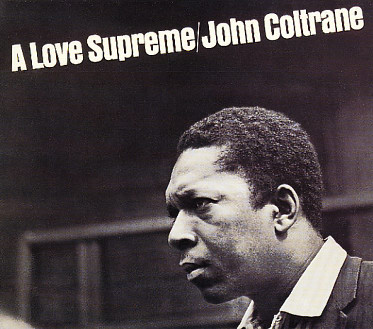| Author |
Message |
    
Yvettep
AALBC .com Platinum Poster
Username: Yvettep
Post Number: 2755
Registered: 01-2005
Rating: N/A
Votes: 0 (Vote!) | | Posted on Monday, March 10, 2008 - 12:43 pm: | 



|
THIS IS YOUR BRAIN ON JAZZ: RESEARCHERS USE MRI TO STUDY SPONTANEITY, CREATIVITY
--Johns Hopkins researcher also trained as a jazz musician
A pair of Johns Hopkins and government scientists have discovered that when jazz musicians improvise, their brains turn off areas linked to self-censoring and inhibition, and turn on those that let self-expression flow.
...t appears, they conclude, that jazz musicians create their unique improvised riffs by turning off inhibition and turning up creativity.
In a report published Feb. 27 in Public Library of Science (PLoS) ONE, the scientists from the University’s School of Medicine and the National Institute on Deafness and Other Communications Disorders describe their curiosity about the possible neurological underpinnings of the almost trance-like state jazz artists enter during spontaneous improvisation.
“When jazz musicians improvise, they often play with eyes closed in a distinctive, personal style that transcends traditional rules of melody and rhythm,” says Charles J. Limb, M.D., assistant professor in the Department of Otolaryngology-Head and Neck Surgery at the Johns Hopkins School of Medicine and a trained jazz saxophonist himself. “It’s a remarkable frame of mind,” he adds, “during which, all of a sudden, the musician is generating music that has never been heard, thought, practiced or played before. What comes out is completely spontaneous.”
...The researchers designed a special keyboard to allow the pianists to play inside a functional magnetic resonance imaging (fMRI) machine, a brain-scanner that illuminates areas of the brain responding to various stimuli, identifying which areas are active while a person is involved in some mental task, for example.
Because fMRI uses powerful magnets, the researchers designed the unconventional keyboard with no iron-containing metal parts that the magnet could attract. They also used fMRI-compatible headphones that would allow musicians to hear the music they generate while they’re playing it...
Full article: http://www.hopkinsmedicine.org/Press_releases/2008/02_26_08.html |
    
Cynique
"Cyniquian" Level Poster
Username: Cynique
Post Number: 11848
Registered: 01-2004
Rating: N/A
Votes: 0 (Vote!) | | Posted on Monday, March 10, 2008 - 01:56 pm: | 



|
Anybody who has ever listened to John Coltrane's "My Favorite Things" or heard Charlie Parker playing bebop knows that these scientists are on to something. These 2 geniuses are prime example of jazz musicians whose brains seem capable of becoming completely immersed in an impromptu creative process. |
    
Cynique
"Cyniquian" Level Poster
Username: Cynique
Post Number: 11865
Registered: 01-2004
Rating: N/A
Votes: 0 (Vote!) | | Posted on Tuesday, March 11, 2008 - 01:22 pm: | 



|
This also goes for jazz pianists. |
    
Ntfs_encryption
"Cyniquian" Level Poster
Username: Ntfs_encryption
Post Number: 3051
Registered: 10-2005
Rating: N/A
Votes: 0 (Vote!) | | Posted on Wednesday, March 12, 2008 - 04:49 am: | 



|
 |
|